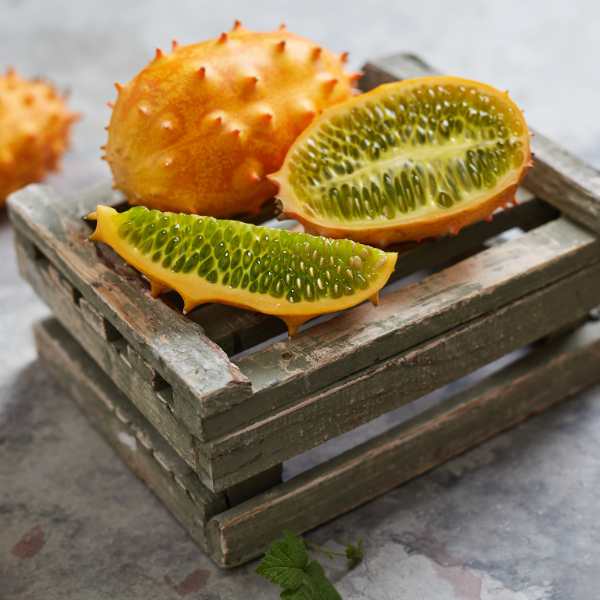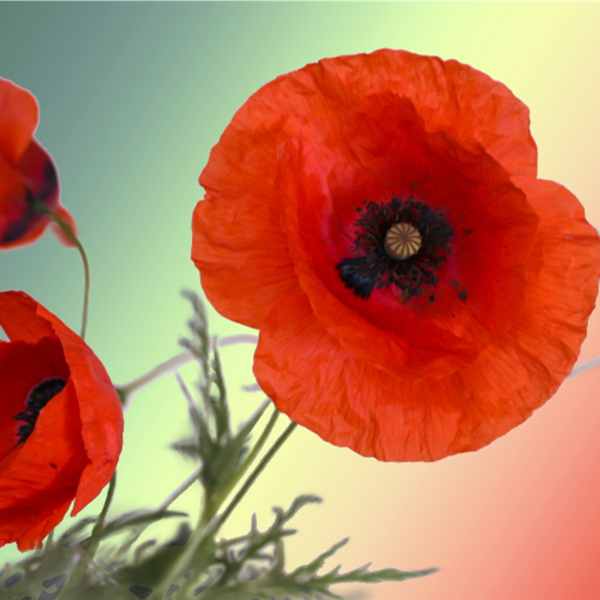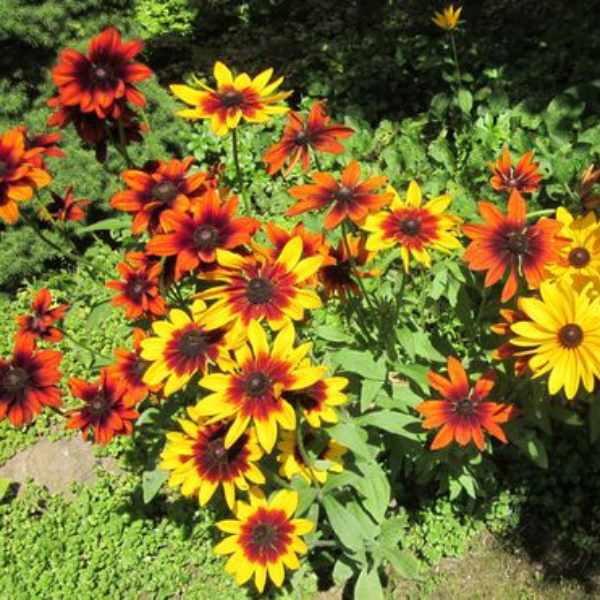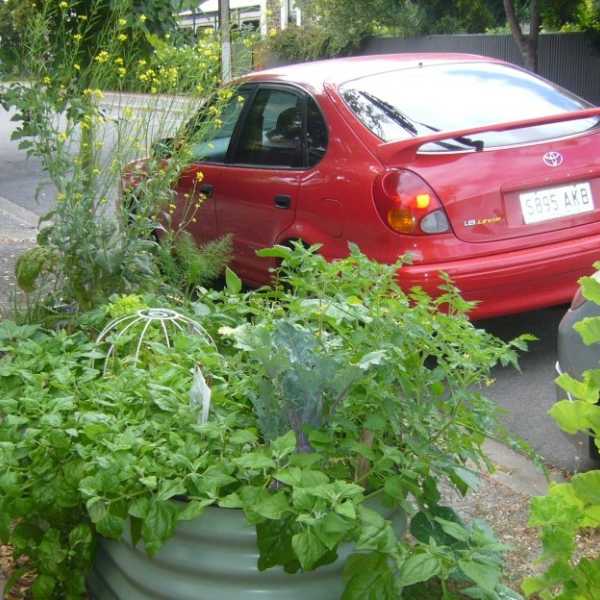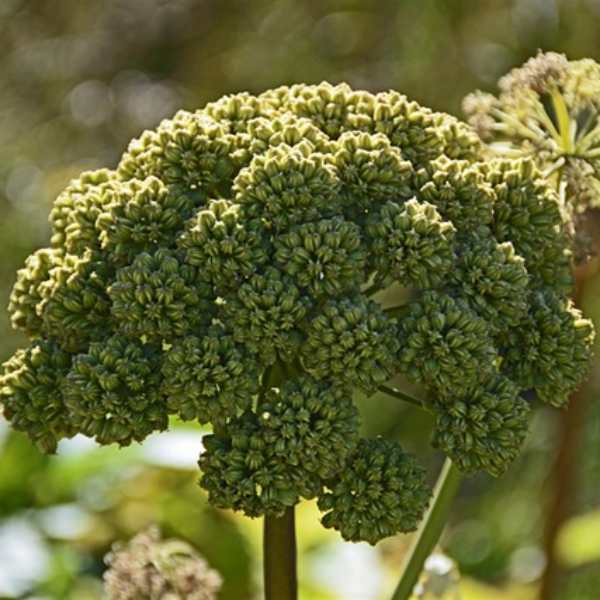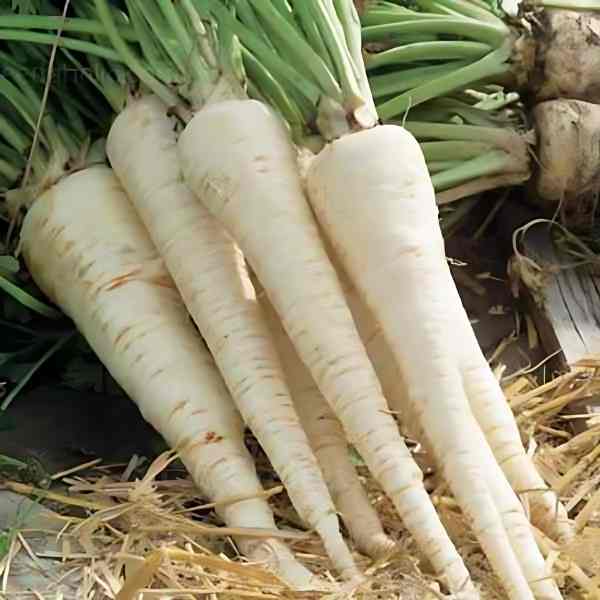Vanilla Lily: An Australian Native Treasure
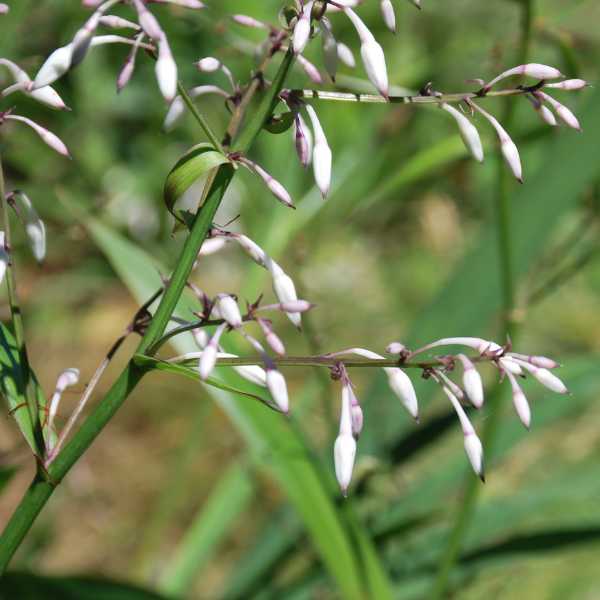
The Vanilla Lily, also known as the Pale Vanilla Lily, is a captivating plant native to Australia. Found across a range of environments from Queensland to South Australia and Tasmania, the Vanilla Lily thrives in forests, grasslands, and even urban gardens.
Botanical Description
*Arthropodium Milleflorum* belongs to the Asparagaceae family and is commonly referred to as the Vanilla Lily due to its delightful floral fragrance. This herbaceous perennial is identifiable by its tuberous roots and delicate flowers, which vary in color from white to pale pink and mauve. The flowers typically bloom from late spring to early summer.
The Vanilla Lily grows from edible tubers, which are about 3.5 cm long and can be found approximately 15 cm below the surface. The plant itself can reach up to a meter in height when in full bloom, with long, strappy leaves that grow up to 60 cm. These leaves are dark green, forming a clump that resembles grass but is softer and slightly fleshy.
Culinary and Traditional Uses
The Vanilla Lily’s tubers have been a traditional food source for some Aboriginal groups, who consumed them either raw or roasted. These tubers are slightly sweet and best enjoyed when young, as they tend to become bitter with age. Freshly harvested tubers offer a pleasant, crunchy texture, making them a delightful snack straight out of the ground. They can also be lightly roasted with a sprinkle of salt and oil for enhanced flavor.
In addition to the tubers, the Vanilla Lily’s flowers are edible and make a beautiful aromatic garnish for salads and cakes. Their vanilla scent adds a unique flavor profile to dishes, making them a gourmet ingredient in both traditional and contemporary cuisines.
Growing Conditions and Maintenance
The Vanilla Lily is known for its resilience and adaptability. It tolerates various soil types, including sandy, loamy, and even clay soils. While it can endure drought, frost, and heavy shade, the plant thrives best in well-drained loamy soil with plenty of water during the autumn months. A lightly shaded position is ideal for promoting healthy growth and abundant flowering.
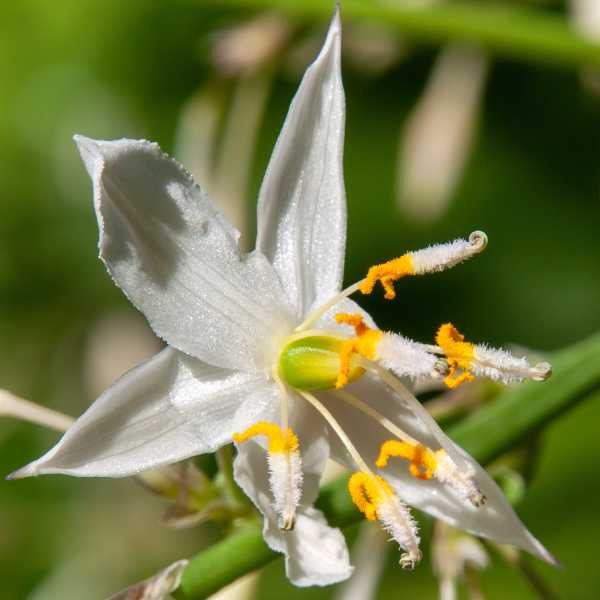
For optimal results, plant Vanilla Lily in dappled sunlight and ensure it receives regular watering, especially during the growing season. Although it can survive in less than ideal conditions, providing a loamy soil conditioner will significantly enhance its growth and flower production.
Propagation and Planting
Propagation of the Vanilla Lily can be achieved through seed collection or tuber division. To propagate by seed, collect the seeds from the flower heads that develop between December and March. Store the seeds in a cool, dry place and sow them into seed-raising trays in autumn or early spring. Lightly cover the seeds with a thin layer of fine potting mix and keep them moist until they germinate.
Alternatively, tuber division is another effective method of propagation. Divide the tubers during winter and transplant them in spring. This approach allows for quicker establishment and growth of new plants.
When planting, ensure each Vanilla Lily is spaced approximately 50 cm apart to allow for clump expansion. Dig a hole slightly larger than the pot and place the plant in the ground, giving it a generous amount of water immediately after planting. Regular watering during the initial stages will help the plant establish a strong root system.
Seasonal Care and Maintenance
Throughout the growing season, which spans from late spring to early summer, the Vanilla Lily requires minimal maintenance. After the flowers have dried, cut off the old flower stems near the base to encourage new growth. The plant may go dormant during the dry summer months, with the leaves dying back completely in some years. To prevent accidental weeding, mark the location of dormant plants with a small stake.
Despite its delicate appearance, the Vanilla Lily is a hardy plant. It can survive periods of drought and frost, making it a low-maintenance addition to any garden. Regular mulching and occasional watering during prolonged dry spells will help maintain its health and vigour.
Garden Design and Landscaping
The Vanilla Lily’s striking flowers and lush foliage make it a versatile choice for various garden settings. It is particularly well-suited for ornamental mass plantings, where its fragrant flowers can create a stunning visual and aromatic display. The plant’s ability to thrive in both sun and shade makes it an excellent choice for borders, rockeries, and paved areas.
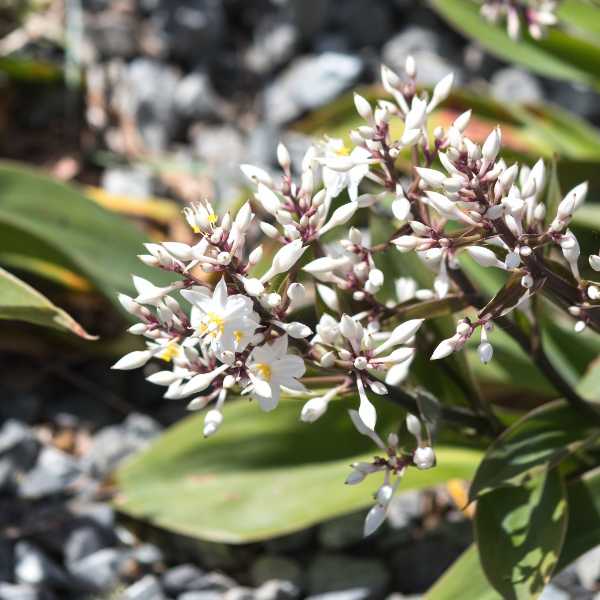
In meadow gardens, Vanilla Lily can be planted en masse to create a naturalistic, flowing landscape. Its tall flower stems add height and texture, making it an ideal companion for other native wildflowers. Under trees, it provides a soft, green understory that complements the dappled sunlight filtering through the canopy.
For urban gardeners, Vanilla Lily can be grown in medium-sized pots on balconies or patios. Its compact growth habit and low water requirements make it a practical choice for container gardening. Ensure the pot has good drainage and provide regular watering during the growing season to keep the plant healthy.
Ecological Significance
In its natural habitat, the Vanilla Lily plays an essential role in the ecosystem. Its flowers attract a variety of pollinators, including bees and butterflies, which are vital for the reproduction of many plant species. The plant’s edible tubers also serve as a food source for wildlife such as bandicoots, which in turn help disperse the plant’s seeds.
The Vanilla Lily’s ability to self-seed and propagate through tuber division ensures its continued presence in the landscape. While it does not become invasive, it can spread naturally, contributing to the biodiversity of its environment. Gardeners who cultivate Vanilla Lily can enjoy the dual benefits of a beautiful garden plant and a contribution to local wildlife conservation.
Conservation and Legal Status
Although the Vanilla Lily is widespread along Australia’s east coast, it is listed as endangered in South Australia due to illegal collection for the horticulture trade. Efforts to conserve this species include protecting its natural habitats and promoting responsible cultivation practices.
Gardeners can support conservation efforts by sourcing plants from reputable nurseries and avoiding the collection of wild specimens. By growing Vanilla Lily in home gardens and sharing seeds with friends and family, gardeners can help preserve this unique species for future generations.
Conclusion
The Vanilla Lily is a remarkable Australian native plant that offers a blend of beauty, fragrance, and culinary potential. Its edible tubers and flowers, coupled with its low maintenance and resilience, make it an excellent addition to any garden. Whether planted in mass for ornamental displays, used as a gourmet ingredient, or appreciated for its ecological value, the Vanilla Lily is a true treasure of the Australian landscape.
By understanding its growing requirements and propagation methods, gardeners can successfully cultivate this enchanting plant and enjoy its many benefits. As a symbol of Australia’s rich botanical heritage, the Vanilla Lily deserves a place in gardens across the country and beyond.

